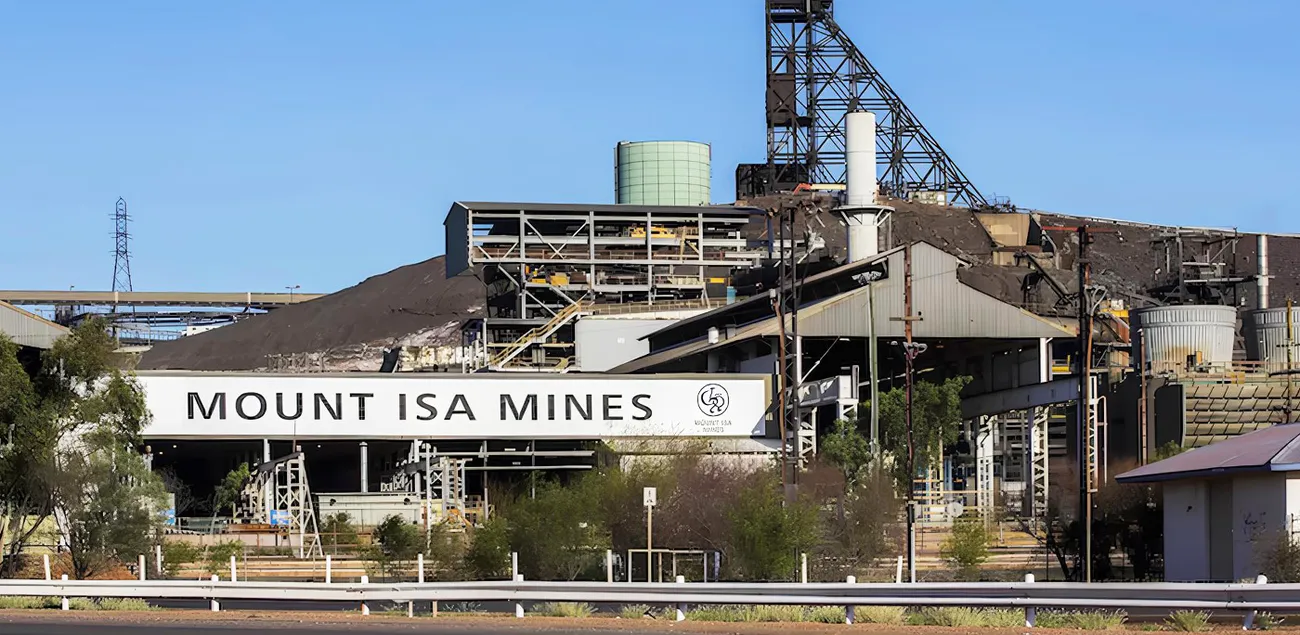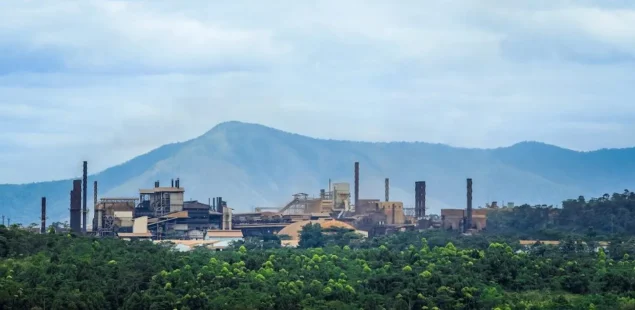
Glencore, the Anglo-Swiss mining giant led by CEO Gary Nagle, has accelerated its decision timeline for the Mount Isa copper smelter and Townsville refinery to September 2025, warning that multiple Australian processing facilities face imminent closure due to Chinese overcapacity driving treatment charges to record negative levels. The company estimates monthly losses of $30 million on its Queensland operations as global smelting capacity exceeds demand, creating what industry officials describe as an existential threat to Australia’s $139.7 billion critical minerals strategy and domestic processing ambitions.
Chinese Overcapacity Creates Global Market Distortion
China’s copper smelting capacity has expanded to 12.78 million tonnes annually in 2025, representing an 8% increase that has driven global treatment charges to unprecedented negative levels of -$57.50 per tonne in May 2025. Chinese state-owned enterprises, operating at cash costs around $1,200 per tonne compared to the global average of $1,800 per tonne, benefit from government subsidies and can sustain operations during market downturns that force private competitors to cease production.
The market inversion has reached extreme levels, with copper smelters now paying miners for concentrate rather than charging processing fees, completely reversing traditional industry economics. Chinese smelters have secured advantage through strategic relationships, with PT Freeport Indonesia prioritizing Chinese buyers following the resumption of Grasberg mine exports in March 2025, while state coordination prevents competitive bidding between domestic processors.
Australian Operations Face Structural Disadvantages
Australia’s smelting sector confronts multiple headwinds including energy costs that consume approximately 10% of state electricity supply at facilities like Rio Tinto’s Tomago aluminium smelter, labor costs significantly above Asian competitors, and limited government support compared to subsidized Chinese operations. Glencore’s Mount Isa facility, one of only two copper smelters remaining in Australia, processes over one million tonnes of concentrate annually while serving as the sole facility accepting third-party materials from regional miners.
The closure threat extends beyond Glencore, with Nyrstar’s zinc and lead smelters also seeking government assistance amid similar market pressures. Industry analysis indicates that 25% of global nickel producers currently operate at losses, while copper smelters worldwide face unprecedented margin compression that has forced facilities in Namibia and the Philippines into care and maintenance status.
Government Response Reveals Policy Contradictions
Federal Industry Minister Tim Ayres and Queensland Resources Minister Dale Last have conducted high-level negotiations with Glencore, acknowledging that closure would damage Australia’s sovereign capability and downstream supply chains. However, government officials have not disclosed specific financial assistance measures, despite the company’s request for support to maintain operations that underpin regional economic activity and critical infrastructure including the Mount Isa to Townsville rail line.
The crisis highlights contradictions in Australia’s Critical Minerals Strategy 2023-2030, which targets domestic processing expansion while failing to address competitive disadvantages that make Australian operations unviable. The strategy allocates $2 billion through the Critical Minerals Facility but focuses primarily on new project development rather than sustaining existing processing capacity essential for supply chain continuity.
Regional Economic Impact Threatens Supply Chains
Mount Isa’s closure would eliminate over half of Queensland’s sulphuric acid supply at a time when demand is expected to surge from new mining projects across northwest Queensland. The facility’s byproduct acid serves essential functions in mineral processing operations, creating potential bottlenecks for projects including Harmony Gold’s Eva Copper development at Cloncurry that depends on the smelter for concentrate processing.
The economic impact extends to approximately 500 direct jobs and substantial indirect employment throughout the regional supply chain, while infrastructure assets including specialized rail connections and port facilities face reduced utilization. Glencore has implemented workforce transition programs including job fairs and redeployment initiatives, though alternative employment opportunities in the region remain limited.
International Competition Intensifies Processing Consolidation
Global smelting capacity continues expanding in China, India, Indonesia, and Africa as nations pursue domestic processing security, creating oversupply that pressures established operations in developed markets. Chinese smelters have achieved technological advantages through advanced scrap processing capabilities, utilizing approximately 28% recycled copper feedstock compared to the global average of 15%, providing flexibility during concentrate shortages.
The competitive landscape reflects broader geopolitical tensions, with Western governments recognizing mineral processing as a national security issue while struggling to provide support matching Chinese state backing. Trafigura CEO Richard Holt has emphasized that without increased government assistance, Western nations will continue losing processing capacity to subsidized Asian competitors.
Market Fundamentals Support Long-Term Demand
Despite current oversupply conditions, global copper demand growth of 15% annually driven by renewable energy and electric vehicle adoption supports long-term processing requirements. However, the timing mismatch between current overcapacity and future demand growth creates a valley of death for existing operations that cannot sustain losses during the transition period.
Chinese import statistics show record concentrate purchases of 2.98 million tonnes in April 2025, representing 9.3% year-over-year growth that demonstrates continued strong demand despite processing margin compression. The Shanghai-London Metal Exchange price differential has expanded to $85 per tonne, reflecting Chinese market influence on global pricing mechanisms.
Company Background and Market Context
Glencore operates as one of the world’s largest diversified mining and trading companies, with the Mount Isa complex representing a cornerstone asset in its Australian portfolio since acquisition in the 1990s. The facility’s historical significance extends to its role as a regional economic anchor and critical infrastructure supporting broader mining development across northwest Queensland.
The global copper smelting industry serves essential functions in converting mined concentrates into refined metal for manufacturing applications, with processing capacity concentrated in China, Japan, Chile, and historically significant operations in Australia and Europe. Market dynamics reflect the intersection of resource nationalism, industrial policy, and competitive economics that increasingly favor state-supported operations over private facilities in high-cost jurisdictions.
Australia’s critical minerals sector faces fundamental challenges balancing economic competitiveness with strategic objectives for domestic processing capacity, while government policy struggles to address structural disadvantages that threaten existing operations essential for supply chain security and regional economic stability.



